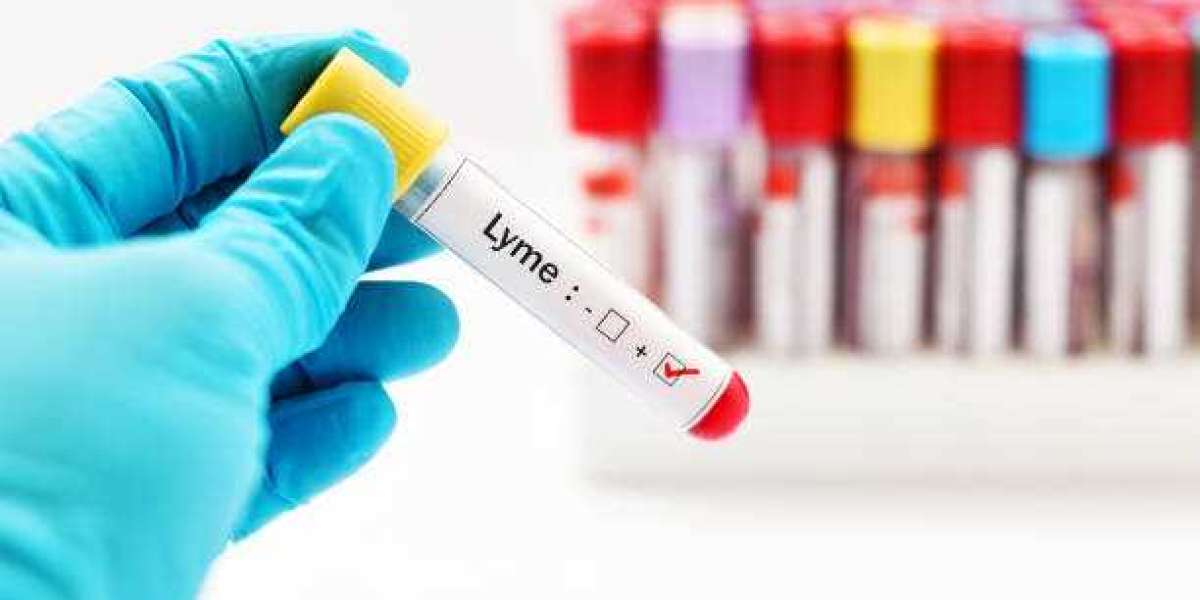Introduction
Lyme disease, also known as Lyme borreliosis, is a multisystem infectious disease caused by bacteria belonging to the Borrelia burgdorferi sensu lato group. Transmitted through the bites of infected blacklegged ticks, Lyme disease is the most common vector-borne illness in the Northern Hemisphere. If left untreated, infection can spread to joints, the heart, and the nervous system. Diagnosing Lyme disease can often be challenging due to the nonspecific nature of early symptoms. However, advances in diagnostic testing are improving our ability to accurately detect this sneaky infection.
Lyme Disease Symptoms and Stages
The symptoms of Lyme disease vary depending on the stage of infection. In the early localized stage, which occurs within days or weeks after the tick bite, symptoms may include fatigue, fever, headache, and a characteristic skin rash called erythema migrans in approximately 70-80% of infected persons. If not treated with appropriate antibiotics during this early stage, the infection can spread through the bloodstream to other parts of the body. In the early disseminated stage, occurring weeks to months after the initial infection, symptoms may involve the joints, heart, and nervous system. In the late stage, months to years after initial infection, persistent symptoms may affect the joints, heart, and nervous system.
Serology Testing for Lyme Diagnosis
Serology tests that detect antibodies to B. burgdorferi in the blood have traditionally been used in Lyme disease diagnosis. However, these antibody-based tests are not useful during early localized infection before antibodies have had time to develop. Two-tier testing, involving a screening enzyme immunoassay (EIA) or immunofluorescent assay (IFA) followed by a confirmatory Western blot, has been the standard in the United States. While specific during later stages of disease, two-tier testing lacks sensitivity in early localized infection before antibodies develop. It can also remain positive for months after treatment due to lingering non-protective antibodies. Despite these limitations, serology remains invaluable for diagnosis during disseminated stages when clinical symptoms are typically more apparent.
New Developments in Molecular Testing
Molecular techniques like PCR that detect microbial DNA or RNA directly from infected tissues offer improved diagnostic sensitivity during early localized disease when serology may be uninformative. For example, testing synovial fluid, cerebrospinal fluid or biopsy specimens from affected tissues by PCR allows detection of Lyme infection before antibodies have had time to form. Multiplex PCR panels can simultaneously test for Lyme disease as well as co-infections often transmitted by ticks like Babesia, Anaplasma, and Ehrlichia. Although specialized molecular testing is not widely available, it represents an important advance for early and accurate diagnosis. Newer developments in LAMP (loop mediated isothermal amplification) and CRISPR-based diagnostics promise affordable, rapid, and sensitive molecular options for Lyme detection. As these technologies mature for clinical use, they have great potential to revolutionize Lyme disease diagnosis.
Integrating Clinical Findings and Laboratory Tests
No single laboratory test can definitively diagnose or rule out Lyme disease. Both clinical findings and laboratory results must be interpreted together. An erythema migrans rash accompanied by known exposure in an endemic region is highly suggestive of early localized Lyme infection, even if early serology is negative. Conversely, positive serology months after a tick bite may not necessarily indicate active infection if clinical symptoms are absent or incongruous with laboratory results. An integrated diagnostic approach considering epidemiology, symptoms, physical exam findings, and appropriate laboratory testing at each stage of disease yields the highest accuracy for confirming or excluding Lyme disease infection. With advances in molecular diagnostics and interpretation frameworks, we are improving our ability to appropriately diagnose and treat this complex tick-borne illness.
Conclusion
Diagnosing Lyme disease remains a challenge due to the variable nature of symptoms and limitations of current testing methods. However, progress in molecular diagnostics, especially for early localized infection, represent important steps forward. As these new techniques become more widely available, our ability to confirm or rule out Lyme disease with greater certainty will continue to advance. An integrated approach combining astute clinical evaluation with the most applicable laboratory testing tailored for each stage of disease results in optimal diagnosis. With further diagnostic innovations on the horizon, we aim to improve patient care and outcomes for those affected by this debilitating illness.








